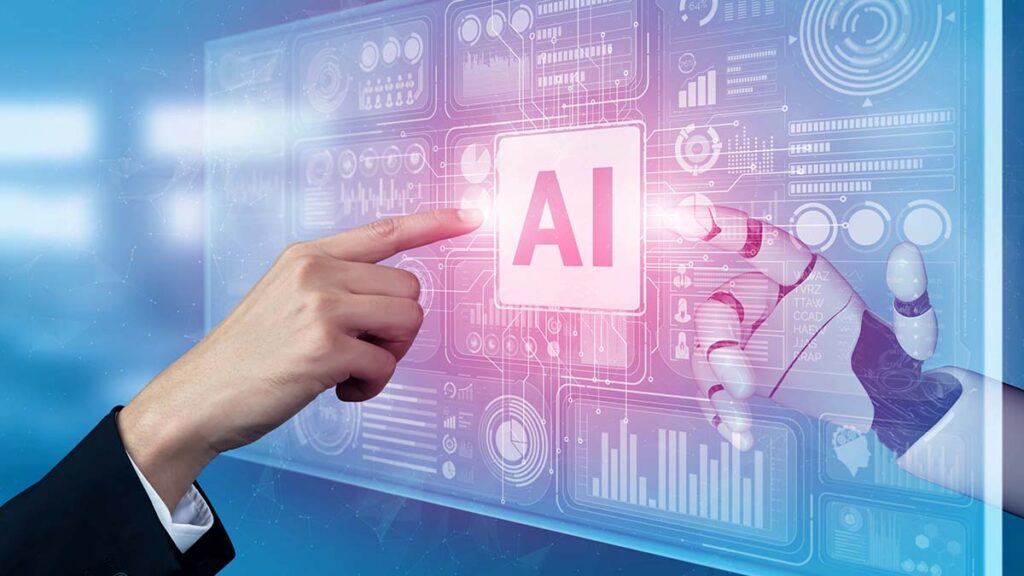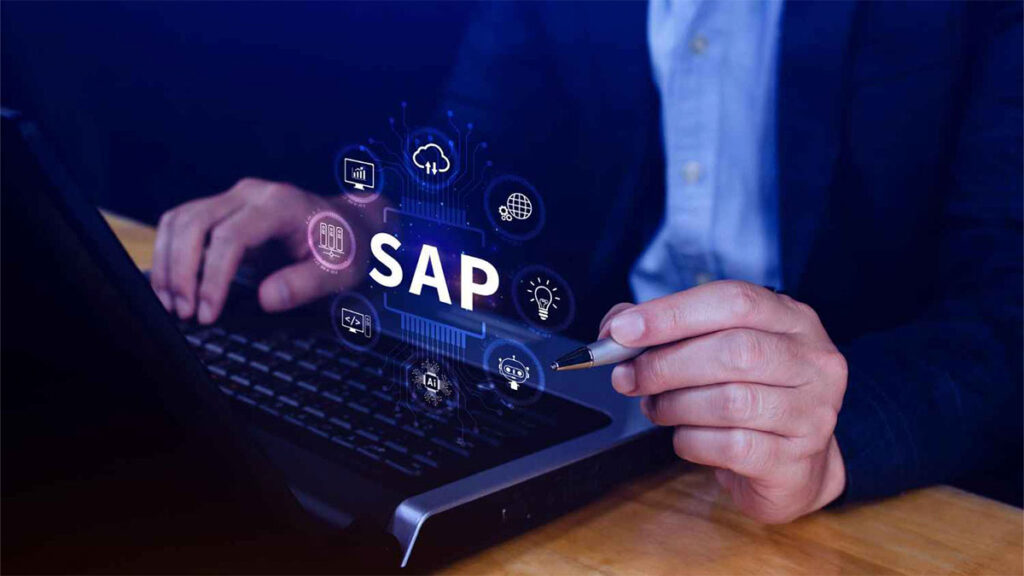Artificial intelligence assistants have rapidly transitioned from novelty tools to integral components of modern business operations. By 2025, major artificial intelligence systems will be automating intricate processes, producing material, data analysis, and supporting strategic decisions in addition to managing simple questions.
With advancements in natural language processing, multimodal capabilities, and tighter integration with enterprise tools, AI assistants now play a critical role across industries including finance, healthcare, education, marketing, and software development. They are being embedded into day-to-day operations—powering internal knowledge systems, accelerating product development, enhancing communication, and even enabling executives to access insights on demand.
The competitive AI landscape has produced a handful of standout solutions, each designed with different business needs in mind. This article evaluates the top AI assistants currently in use: ChatGPT, Grok, Copilot, Manus, and DeepSeek. We compare their strengths, limitations, and ideal applications to help decision-makers determine the best fit for their organization

1. ChatGPT (by OpenAI)
Best for: General-purpose productivity, content generation, software development
OpenAI’s ChatGPT, particularly in its GPT-4 Turbo implementation, remains the most versatile and widely adopted AI assistant. It supports a range of functions, including advanced writing, programming support, data analysis, and task automation. With integrated tools such as code interpreters, image analyzers, and memory functions, it adapts well to diverse business needs.
ChatGPT’s capacity to interact with APIs and plug-ins helps companies to easily integrate it into their operations. Custom GPTs let businesses create task-specific assistants with specific data.
Strengths:
- Advanced conversational capabilities
- Strong reasoning and problem-solving
- Supports third-party integrations and APIs
- Customizable with memory and user-defined behaviors
Considerations:
- Full feature access requires a subscription
- Can occasionally return confidently incorrect information
2. Grok (by xAI)
Best for: Real-time data, market monitoring, informal engagement
Grok is tailored for real-time information access and dynamic online engagement, developed by xAI and integrated within the X platform (formerly Twitter). It offers a conversational tone and is particularly effective for businesses focused on digital presence, brand monitoring, or consumer trends.
However, Grok is less capable of executing complex tasks or deep integrations, positioning it more as a rapid-response tool than a comprehensive enterprise assistant.
Strengths:
- Access to live web and social media data
- Casual tone suited to marketing and engagement teams
- Natively integrated with the X ecosystem
Considerations:
- Limited functionality for enterprise use cases
- Lacks robust API and tool integration
3. Copilot (by Microsoft)
Best for: Microsoft ecosystem, corporate productivity, software engineering
Microsoft Copilot integrates AI functionality across its entire software suite, including Word, Excel, Outlook, Teams, and GitHub. Copilot significantly enhances workflow efficiency, document creation, and software development for businesses embedded within the Microsoft environment.
GitHub Copilot, in particular, is a preferred solution for developers, offering context-aware code suggestions, debugging, and refactoring tools. Its enterprise adoption is accelerating due to seamless integration and high compatibility with corporate security standards.
Strengths:
- Deeply embedded in Microsoft 365 and GitHub
- Enhances developer productivity and enterprise collaboration
- Enterprise-grade compliance and scalability
Considerations:
- Limited use outside the Microsoft ecosystem
- Less flexibility in conversational or creative applications
4. Manus (by Mistral/Open-source community)
Best for: Secure deployments, technical users, open-source environments
Manus is a rising open-source AI assistant built with transparency and user control in mind. It can be deployed locally or within private clouds, making it particularly well-suited for organizations prioritizing data privacy and security.
Its modular architecture allows businesses to tailor functionality to specific use cases, from research to engineering. While not as user-friendly out of the box, it offers unmatched configurability and independence from vendor ecosystems.
Strengths:
- Open-source and highly customizable
- Enables secure, local deployment
- Appealing to technical and research-driven teams
Considerations:
- Requires technical expertise to implement and manage
- Less polished user experience
5. DeepSeek (by DeepSeek AI)
Best for: Multilingual support, academic and structured content generation
DeepSeek distinguishes itself with a strong emphasis on multilingual capabilities and precision in formal content. It is particularly effective for academic institutions, research teams, and international organizations requiring structured outputs such as reports, summaries, and proposals.
Its tone is more formal and less suited for creative or conversational applications, but it excels where factual accuracy and structure are prioritized.
Strengths:
- High-quality multilingual and translation abilities
- Excellent for academic and research-focused output
- Strong in structured writing and information synthesis
Considerations:
- Less engaging or adaptable in casual use cases
- Moderate tool integration compared to market leaders

Conclusion
AI assistants in 2025 have matured into powerful business tools. Choosing the right platform depends on organizational goals and infrastructure. ChatGPT remains the most well-rounded for general use. Copilot excels in Microsoft-heavy environments. Grok offers value for real-time and marketing-driven tasks. Manus is ideal for privacy-focused deployments, and DeepSeek addresses the needs of multilingual and research-centric operations.
Strategic adoption of one or more AI assistants can drive measurable productivity, creativity, and operational efficiency gains. The key is selecting the right solution aligned with your enterprise’s needs and technology stack.




